Building out your cloud accounting stack is a continuous effort. As with building any infrastructure, the process requires an understanding of the strengths and weaknesses of each component and knowing which features and capabilities are non-negotiable for the business. Does the stack need an integrated system to track payroll? What about travel and expense reimbursement?
Understanding which capabilities and integrations are needed for your cloud accounting stack can be daunting, but if businesses consider the following recommendations, identified by Omar Qari, co-founder of Abacus, they will be on the right track to creating a sound, fully integrated strategy.
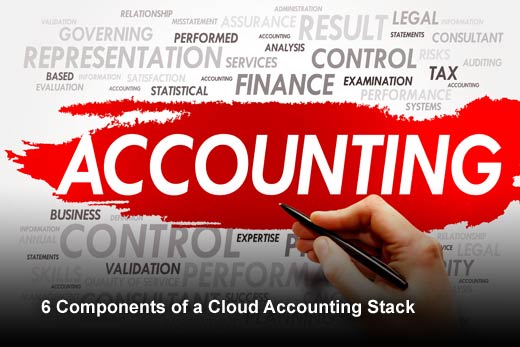
6 Components of a Cloud Accounting Stack
Click through for more on the major components needed to develop a sound, fully integrated cloud accounting strategy, as identified by Omar Qari, co-founder of Abacus.
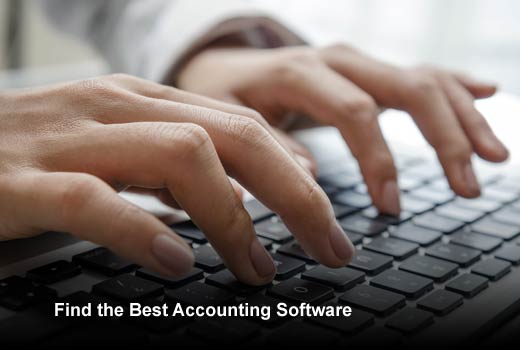
Find the Best Accounting Software
Accounting software is the base of any cloud accounting infrastructure – it should be considered your system of record. Businesses should select a system that has the ability to scale for future growth and is not just “right for right now.” Businesses should also conduct preemptive research to determine options for add-on integrations to automate specific tasks. Accounting software that has multiple options for integrations will provide additional flexibility when scaling.
As we enter 2016, integrations between systems in the cloud accounting ecosystem will become a necessity to achieve on-demand reporting. This shift will allow businesses to save time reconciling data at the end of the month and keeping systems in continuous sync. There are solutions, such as NetSuite, QuickBooks and Xero that help with on-demand reporting without breaking the bank. Additionally, third-party app connector systems, such as Zapier and IFTTT, can increase the range of options for integrating systems.
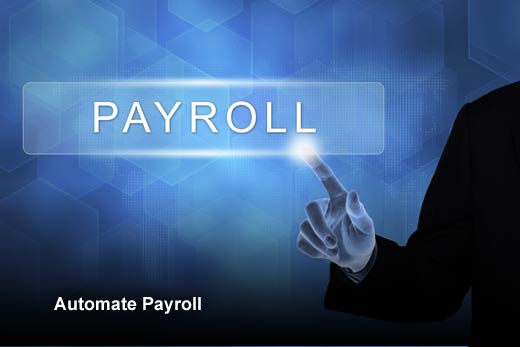
Automate Payroll
Payroll leaves no room for error. Failing to pay the proper amount of payroll taxes and having to pay out a lump sum at the end of the year can put a company out of business. Not to mention the additional penalties the IRS often issues small business owners for payroll errors (for example, not paying the right amount – which can end up costing a business up to $1,000 in penalty fees). Even without mistakes, processing payroll manually is time consuming and costly. A payroll service will help prevent errors and save your company time, money and manpower.
Given the sensitivity of the information needed to process payroll, it is critical that the right service is selected for your business. Depending on your needs and the accounting software you select, a few examples of payroll software to consider include Gusto, Zenefits, Inuit and ADP.

Integrate Employee Benefits
From health care to retirement options to life and disability insurance, benefits are an important part of attracting and maintaining top talent. However, much like payroll, benefits can be confusing and difficult to navigate. There are the ever-changing federal and state regulations to stay up to date on, tax considerations, and numerous choices to make. Finding a system, like Zenefits or Namely to help manage and distribute benefits, that also integrates with your payroll software and other accounting stack tools, is a no-brainer.

Track Business Expenses
Following payroll, business expenses are the second largest expenditure for most companies. These expenses – including travel and operational (rent, utilities, supplies) expenses – must be accurately tracked and stored for tax compliance purposes. It’s important to use a system that will help you get the most accurate information from your employees for entry into your system of record, helping eliminate errors and prevent out-of-policy spending. Systems such as Abacus will track and store business expenses, while syncing data with your accounting software to automate the data entry.
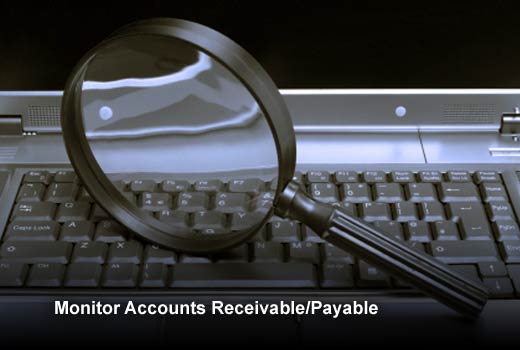
Monitor Accounts Receivable/Payable
Depending on your business model, having a separate tool that monitors accounts receivable and payable might make sense. For example, if you are a subscription-based business, it’s valuable to consider adding a system to your cloud-accounting stack that monitors subscriptions, renewals and can automate invoices or billings. This will keep your receivables up-to-date and provide an accurate view of cash flow. Similarly, using a bill payment tool can streamline your payables to avoid penalties and fees.
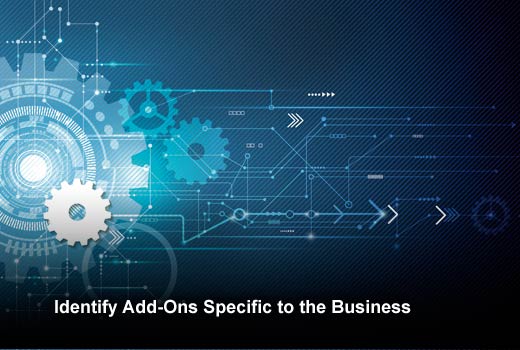
Identify Add-Ons Specific to the Business
Accounting software is great, but as the core of your cloud accounting stack, it’s not meant to do everything really well. It’s meant to be a hub where data is collected and brought together across systems. That’s why third-party vendors have built integrations that help address specific problems. These tools make life easier by automating tedious tasks and providing a finite look at your data, so it is imperative it integrates well with the accounting software you’ve selected. When researching an integration add-on, think about how it will impact your business. Will it save money, time? How much? Strike a balance with your systems between additional costs, time savings, and data accuracy and reliability.















